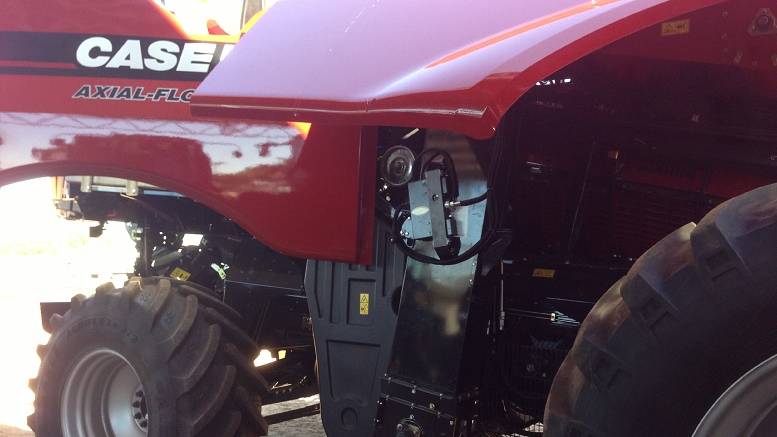U.S. West Coast Port Talks: Will This Be the Last Straw?
It’s been just over a year since the Pacific Maritime Association (PML), comprising more than 70 multinational ocean carriers and maritime companies operating at 29 ports along the U.S. West Coast, and the 22,000-plus longshore workers employed at those ports, represented by the International Longshore and Warehouse Union (ILWU), began negotiations on a new contract that expired in July 2022.
Initially, it seemed the two sides might avoid the contentious and lengthy negotiations that we typically see every time the PMA and ILWU come together for labor talks.
As recently as April, the ILWU announced it had reached a “tentative agreement” on “certain key issues.”
I was hopeful on that news, but not convinced.
Most of my career has been in international trade and supply chain management. I started in customs brokerage clearing ocean imports through the ports of L.A. and Long Beach, then worked for Sony Corp. helping to manage its electronics and parts imports through Southern California.
I’ve experienced many PMA/ILWU contract negotiations over the years and rarely are they smooth, especially when they are drawn out. Every month that passes without an agreement portends escalating divisions — and there have been some bad ones, including the ILWU strike in 2002 that prompted President George W. Bush to invoke the Taft-Hartley Act to force the ILWU back to work in order to avoid further damage to the U.S. economy.
Every time, shippers vow to “quit” L.A./Long Beach, or at least lessen their exposure.
Thus far, we haven’t seen any notable departures, but this time may be different, and we can blame it on the pandemic.
Global shipping has been a mess these past three years. The ports of L.A./Long Beach were among the hardest hit with COVID-related labor disruptions and dramatic swings in cargo volumes as consumers went from not buying, to buying — and spending a pretty penny on home offices, kitchen remodels, and Pelotons — remember those?
The number of vessels anchored in San Pedro Bay hit record highs and persisted for weeks and months.
The pandemic also spurred a massive reshuffling of American workers who suddenly had the ability to work remotely or decided to leave the job market permanently. Many relocated to the Southeast for a lower cost of living and moderate climate, especially if they were living in the Northeast.
Not surprisingly, major ports in Houston, Savannah, and Charleston, SC, picked up a lot a freight during the pandemic. Luck-ily, these ports were already busy with infrastructure expansion plans to attract more cargo, so they welcomed the opportunity to shine.
While the PMA and ILWU may reach an agreement by the time CropLife’s® July issue mails, I don’t believe we’ll return to “business as usual” for West Coast ports.
The Great Recession brought down financial institutions many considered unshakable. The COVID pandemic is the once-in-a-generation disruptor.
In business, every Goliath meets a David eventually.
Let’s get growing!






